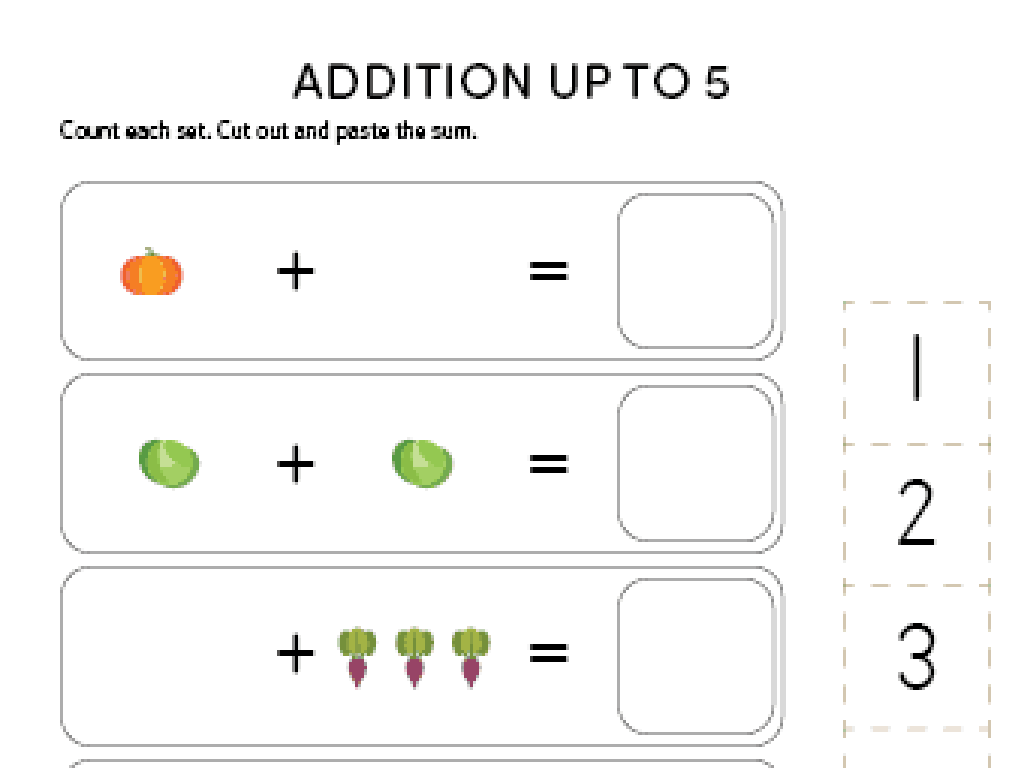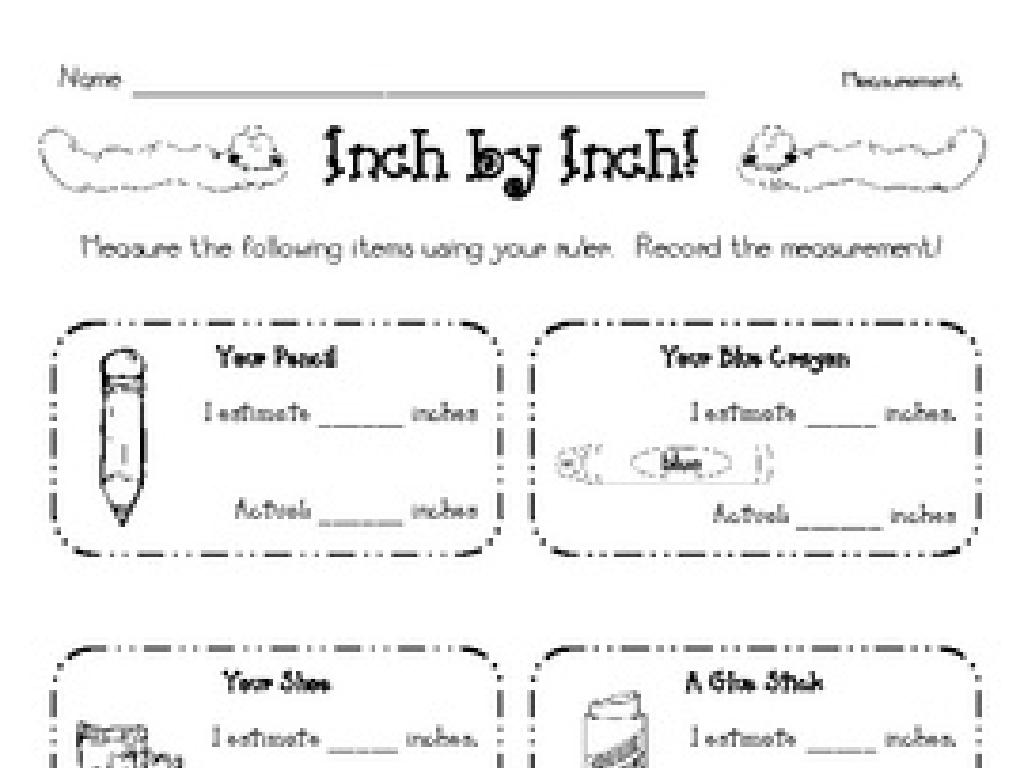Body Systems: Digestion
Subject: Science
Grade: Fourth grade
Topic: Animals
Please LOG IN to download the presentation. Access is available to registered users only.
View More Content
Welcome to the Digestive System!
– Our body’s food to energy process
– The journey of food: bite to energy
– Food travels from mouth, stomach to intestines
– Digestion: Breaking down food
– Digestion is how our body breaks down food into nutrients
– Why digestion is key for health
– It helps us grow, repair tissue, and get energy
|
This slide introduces the digestive system and its importance in converting food into energy that our bodies can use. Begin by explaining that digestion is a complex process that starts when we take a bite of food and ends when our body absorbs nutrients. It’s essential for providing the energy we need to grow, move, and repair our bodies. Discuss the main stages of digestion, including chewing, stomach digestion, and nutrient absorption in the intestines. Emphasize the importance of a healthy digestive system for overall health. Engage the students by asking them to think about what happens when they eat their favorite foods and how their body uses that food to help them play and learn.
Exploring the Digestive System
– What is the digestive system?
– It’s a group of organs that work together to process food.
– Functions: Break down food, absorb nutrients
– Our body needs nutrients from food to grow and stay healthy.
– Meet the digestive team
– Mouth, esophagus, stomach, intestines, and others play a role.
– Importance of each organ
– Each organ has a special job in breaking down food and absorbing nutrients.
|
This slide introduces the digestive system to fourth-grade students, explaining its role in breaking down food into nutrients that the body can use. Start by defining the digestive system as a team of organs working in concert. Emphasize the importance of each step in the digestive process, from the mouth where digestion begins, through the esophagus to the stomach, and then the intestines where nutrients are absorbed. Highlight the teamwork aspect by comparing the organs to a sports team where each player has a unique position and role. This analogy helps students understand the interconnectedness and importance of each organ in the system.
The First Stop: The Mouth
– Chewing begins digestion
– Teeth break down food, saliva starts chemical digestion
– Taste buds detect flavors
– Sweet, sour, bitter, salty: our tongue can taste them all
– Chewing experiment with crackers
– We’ll learn how saliva helps by chewing crackers
|
This slide introduces the mouth as the starting point of the digestive system. Explain how teeth are not just for smiling; they play a crucial role in breaking down food into smaller pieces. Saliva, which is produced in the mouth, contains enzymes that begin the chemical process of digestion. Discuss the different types of taste buds on the tongue and the flavors they can detect. For the activity, provide crackers to the students and instruct them to notice how the flavor and texture change as they chew. This will help them understand the role of saliva in digestion. Make sure to have enough crackers for each student and consider any food allergies. The activity should be supervised to ensure safety and to facilitate discussion about their observations.
Down the Esophagus: Journey to the Stomach
– Food’s adventure from mouth to belly
– Swallowing: A coordinated action
– Muscles work together to move food down
– Esophagus: The food’s pathway
– A muscular tube connecting throat to stomach
– Muscles push food to the stomach
– Wave-like muscle contractions called peristalsis
|
This slide introduces students to the process of digestion starting with the esophagus. It begins by capturing their imagination with the idea of food’s ‘adventure’ from the mouth to the stomach. Swallowing is explained as a complex, coordinated action involving the tongue, roof of the mouth, and throat. The esophagus is described as a special tube that helps move food using muscle contractions known as peristalsis. To help students understand, compare the esophagus to a slide in a playground that guides food to its destination. Encourage students to gently touch their throats while swallowing to feel the movement of the esophagus.
The Stomach’s Role in Digestion
– The stomach mixes and grinds food
– It’s like a blender, churning food into a liquid
– Acids and enzymes digest food
– They act like scissors, cutting up the food into tiny pieces
– Reasons for stomach aches
– Too much food or stress can upset it
– Stomach’s importance in digestion
|
This slide introduces students to the stomach’s function in the digestive system. The stomach is compared to a powerful mixer and grinder that churns solid food into a liquid form, making it easier for the body to absorb nutrients. Acids and enzymes are introduced as the ‘scissors’ that break down food into smaller, digestible pieces. Discuss common causes of stomach aches, such as overeating or emotional stress, to help students understand how to maintain a healthy digestive system. Emphasize the stomach’s critical role in breaking down food and preparing it for nutrient absorption in the intestines.
The Intestines at Work
– Small intestine’s role
– It’s where our body absorbs nutrients from food.
– Large intestine’s function
– It absorbs water and forms waste from what’s left.
– Bacteria in our intestines
– Good bacteria help digest food and keep us healthy.
|
This slide focuses on the functions of the small and large intestines in the digestive system. The small intestine is a long, coiled tube where most of the digestion and absorption of nutrients occurs. It’s important for students to understand that this is where our food becomes the vitamins, minerals, and energy our bodies need. The large intestine, or colon, absorbs water and salts from the remaining undigested food, turning it into waste. Highlight the presence of beneficial bacteria in the gut, which play a crucial role in breaking down food, making certain vitamins, and protecting against harmful bacteria. Encourage students to think about how these organs work together to keep them healthy and to consider the importance of a balanced diet for a well-functioning digestive system.
The Digestive System Helpers
– Liver: Our chemical factory
– The liver makes bile to break down fats.
– Gallbladder: The bile storehouse
– Gallbladder holds bile until it’s needed.
– Pancreas: Dual-role organ
– Pancreas makes enzymes for digestion and controls blood sugar.
– How they aid digestion
|
This slide introduces the accessory organs of the digestive system, which play crucial roles in digestion but are not part of the main digestive tract. The liver is presented as a chemical factory, producing bile necessary for fat digestion. The gallbladder acts as a storage unit, releasing bile into the small intestine when needed. The pancreas has a dual function, aiding in digestion by producing digestive enzymes and regulating blood sugar levels. Emphasize the importance of these organs in the overall process of digestion and how they work together to ensure the body can absorb nutrients effectively. Provide examples such as the liver processing nutrients from the food we eat, the gallbladder helping with the digestion of a fatty meal, and the pancreas being important for sugar management after having a sweet snack.
From Food to Energy: Digestive System
– Our bodies convert food into nutrients
– Food breaks down into proteins, carbs, and fats
– Balanced diets aid digestion
– Eat fruits, vegetables, grains, and proteins
– Energy fuels our daily activities
– We need energy to think, play, and grow
– Importance of digestive health
|
This slide introduces students to the concept of digestion and its role in converting food into energy. It’s crucial to explain how the digestive system breaks down food into proteins, carbohydrates, and fats, which our bodies use for various functions. Emphasize the importance of a balanced diet, which includes a variety of foods to ensure the digestive system works efficiently. Discuss how the energy obtained from food is essential for all our daily activities, from playing sports to concentrating in class. Encourage students to think about their favorite activities and how a healthy digestive system supports their energy needs. Use examples like how eating a good breakfast helps them focus during school hours.
Keeping Our Digestive System Healthy
– Eat fiber-rich foods
– Fiber helps move food through our system
– Stay hydrated with water
– Water breaks down food so it’s easier to digest
– Exercise aids digestion
– Physical activity stimulates intestinal movement
– Importance of a healthy diet
|
This slide aims to educate fourth-grade students on how to maintain a healthy digestive system. Emphasize the importance of eating foods high in fiber, such as fruits, vegetables, and whole grains, which help keep the digestive tract flowing. Discuss the role of water in breaking down food and how staying hydrated is crucial for digestion. Highlight how regular exercise can promote a healthy digestive system by stimulating the intestines. Lastly, tie these points together by discussing the overall importance of a balanced diet and healthy lifestyle choices for good digestion. Encourage students to share their favorite fiber-rich foods and ways they enjoy staying active.
Class Activity: Digestion Simulation
– Simulate digestion with an experiment
– Use crackers, water, and bags
– Mimic the digestive process
Crackers will represent food, water will be saliva and stomach fluids, and bags will be our stomachs.
– Discuss our digestion discoveries
|
This activity is designed to give students a hands-on experience of the digestion process. Provide each student with a resealable bag, a few crackers, and a small amount of water. They will crush the crackers in the bag, add water, and gently squeeze the bag to mix, simulating the mechanical and chemical digestion in the mouth and stomach. After the activity, lead a discussion where students can share what they’ve learned about digestion. Possible questions include: What was the role of water? How did crushing the crackers help? This will help reinforce their understanding of the digestive system’s function.






